What is Drone-Racing?
FPV drone-racing is a sport, in which quadcopter-pilots race each other on a secured track to finish a given obstacle-course as fast as possible. The drones are flown from a first-person-view (FPV). Cameras are attached to the quadcopter and the video is sent during the flight to a monitor or more often to video-glasses. That way the pilot experiences the flight from the point of the drone, like he is sitting in the cockpit.
The first drone-races were held at the end of 2014 in Australia as an amateur sport.
The Pilots
Everybody can become a FPV-Pilot no matter the age or gender. The youngest successful pilots in the racing scene are around nine years old and there are also girls flying the drones. There are no special prerequisites but having technical knowledge and interest is an advantage.
There is no typical FPV-Pilot. Pilots from all walks of life are participating. Everybody is welcome.
Technical Details
The quadcopter is a flight device, which gets its necessary drive and lift from four independently controllable motors. Through the different control of the motors the vector of the thrust can be changed, which leads to movement on the vertical and horizontal axis. To rise and fall, the overall thrust of all motors is evenly increased or decreased. Because there are the same amount of motors that spin clockwise and counterclockwise, the torque around the vertical axis gets neutralized. If a rotation around this axis is needed, the number of revolutions of one group of motors has to be increased over the other ones. The calculation for these maneuvers is done by the flight controller.
The flight controller is one of the most important components of the drone, since it’s not possible to achieve a stable flight with manual control over the individual motors. The flight controller is permanently measuring the deviation between the current and the desired attitude with an inertial measurement unit (IMU), which is a compilation of sensors that measure the movement and tilt of the drone. With the given information the flight controller adjusts the amount of revolutions. Because brushless-motors require an electric rotation-field, every motor has its own electronic speed controller (ESC), which controls the amount of revolutions of the motors through variation in the frequency of its rotation-field.
How calm and stable a copter flies depends a lot on the drone-basics and especially on the used flight controller and firmware. Powerful quadcopters can reach velocities up to 160 km/h and with special tuning can go even beyond that. Most of the time these compact flight devices are assembled and configured on a computer by the pilots themselves. That way the drone behaves exactly according to the pilots’ needs.

